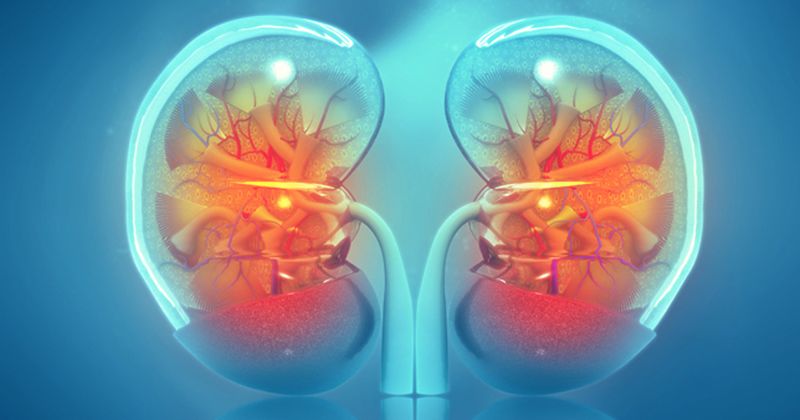‘Relatively high proportion’ of patients with diabetes experience rapid CKD progression
Approximately 10% to 17% of patients with type 2 diabetes and newly identified chronic kidney disease had their condition worsen within 2 years, according to a study published in the Clinical Kidney Journal.
“A relatively high proportion of patients were observed with disease progression over a short period of time, highlighting the need for better identification of patients at risk [for] rapidly progressive CKD,” Csaba P. Kovesdy, MD, FASN, of the University of Tennessee Health Science Center, and colleagues wrote of the findings.

For the study, researchers assessed CKD progression based on either eGFR or urine albumin to creatinine ratio (UACR). Participants were identified through U.S. administrative claims data, with the eGFR-based cohort consisting of 65,731 individuals and the UACR-based cohort consisting of 23,035 individuals.
“Patients with eGFR values had a higher prevalence of most comorbidities, greater use of cardiovascular medications and lower use of glucose-lowering agents compared to those with UACR values,” the researchers wrote.
After median follow-up of 1.3 years, the researchers observed that 50% to 64% of patients with type 2 diabetes and CKD showed no disease progression. However, Kovesdy and colleagues contended that the 10% to 17% of patients who did experience CKD stage progression over a median of 2 years made up a “nonnegligible proportion.”
“The prompt identification of these patients is crucial to informing a vulnerable population with potential unmet therapeutic need,” they wrote. “Future studies are needed to determine the clinical characteristics of these patients at risk [for] rapidly progressive CKD to inform earlier diagnostic and therapeutic interventions that slow disease progression and the need to develop better therapeutic interventions for patients at risk [for] rapid progression.”
